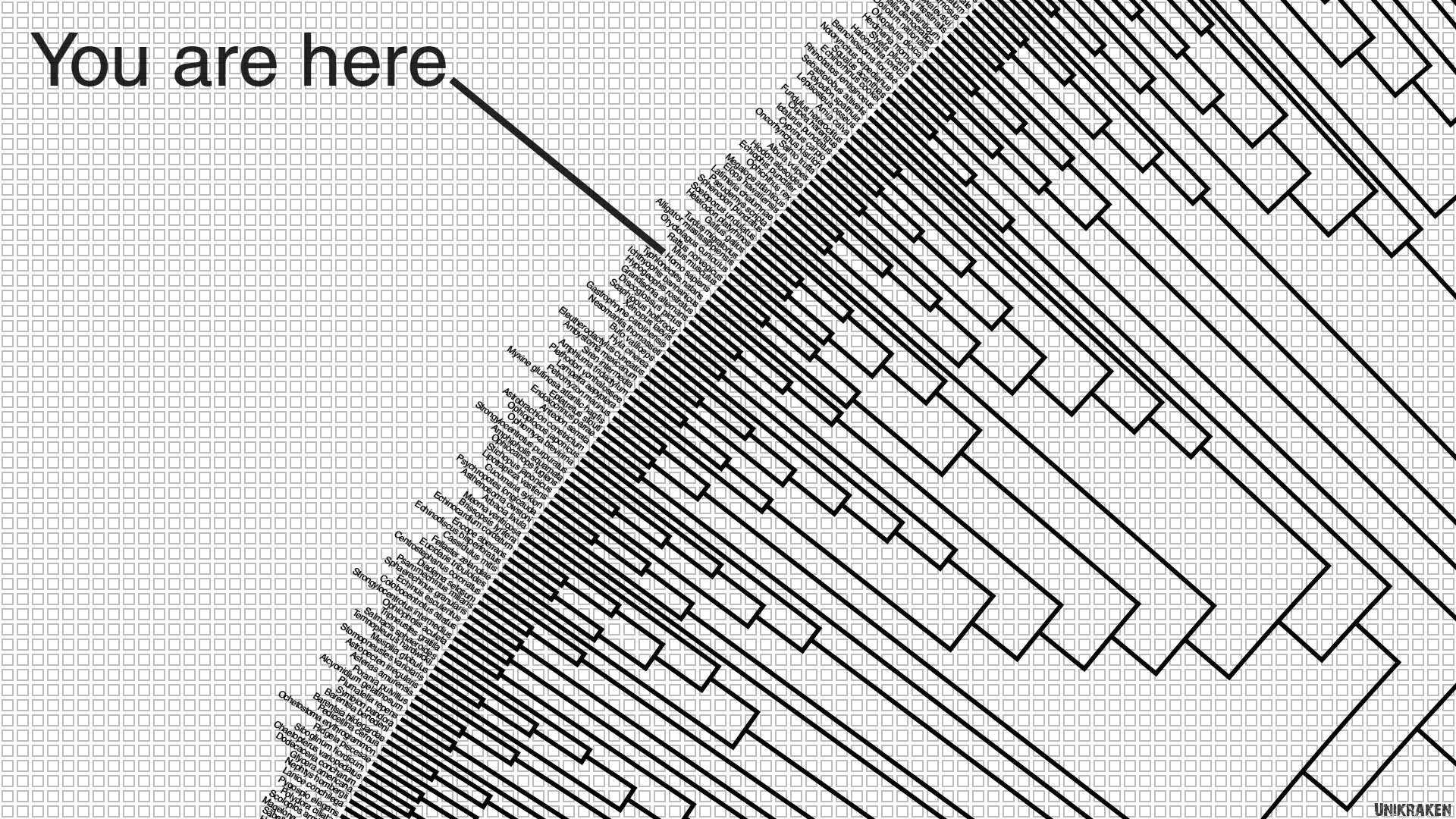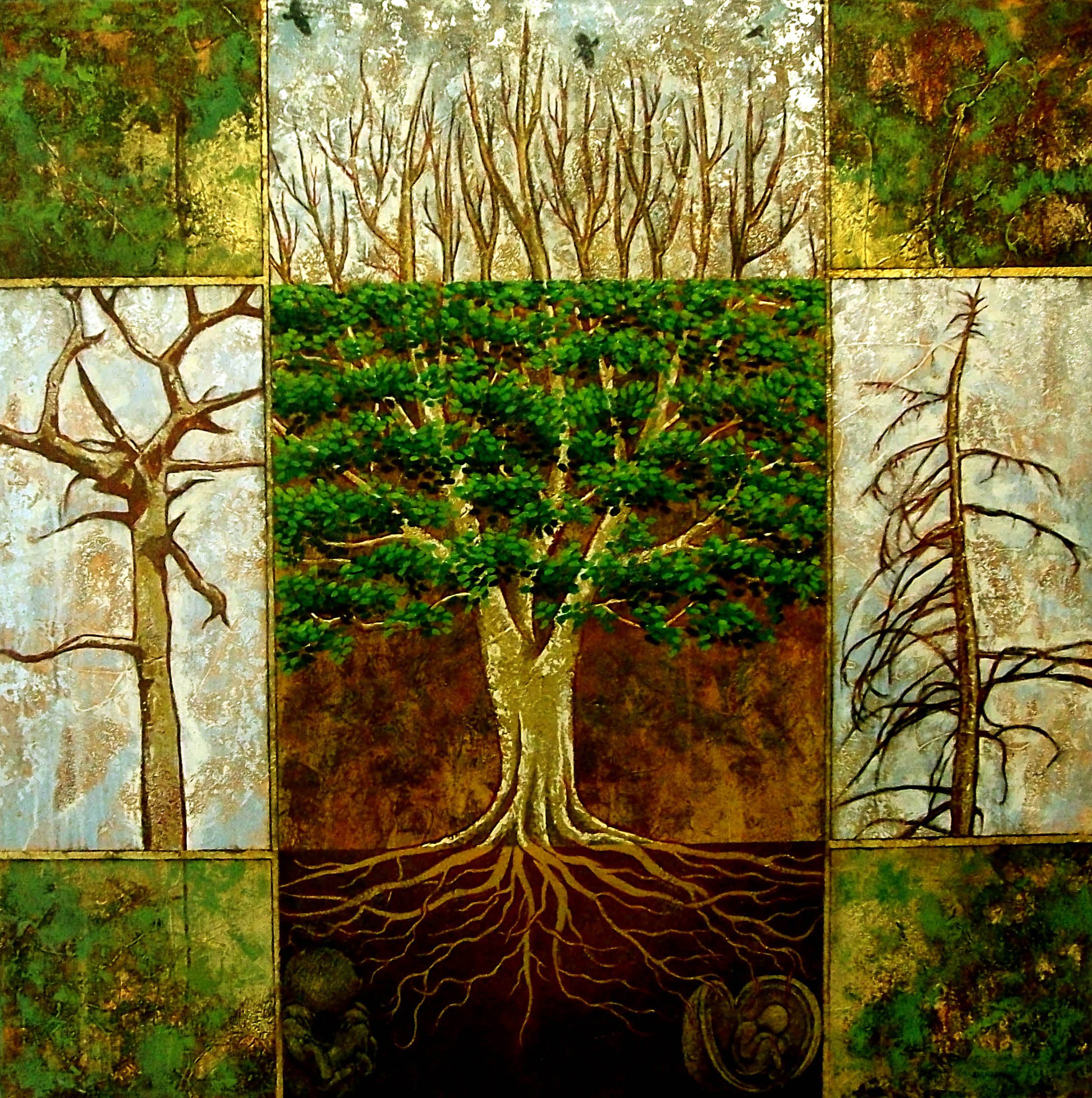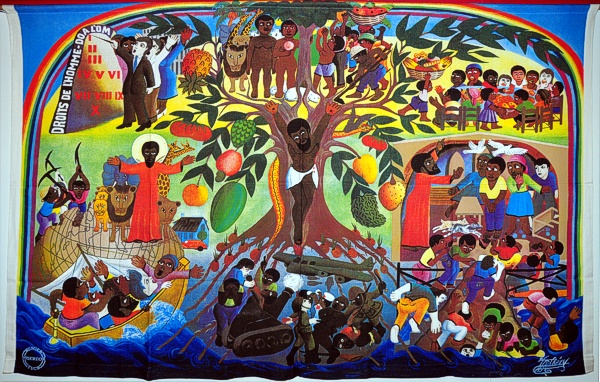by Lieve Orye
Several treads of thought woven at the Anthropos conference in 2016 have been rewoven into paper and digital format. A Louvain Studies issue (41(3), 2018) has been published recently with contributions of several keynote speakers and respondents. You can find a table of contents and links to further information at the ‘Special Issue Louvain Studies 2018’ page on the conference archives website.
As editors, Yves de Maeseneer and I feel that this special issue has become a well-woven cloth, a colorful tapistry of thought and reflection on the what and how of theological anthropology in the 21st century. We particularly would like to draw attention to the last article in this issue, ‘Weaving Theological Anthropology into Life. Editorial Conclusions in Correspondence with Tim Ingold’. In this last contribution, we weave together five key themes that have been raised in the different contributions of this issue, and we do so in conversation with the work of anthropologist Tim Ingold. This weaving together confirms the terms ‘relation’, ‘vulnerability’ and ‘love’ as key for theological anthropology in the twenty-first century.
A first theme is theological anthropology’s conversation with the discipline of anthropology. The first section addresses Michael Banner’s call for a more thorough anthropological turn for theological anthropology. Following a line of connection starting from anthropologist Joel Robbins, who has inspired Banner in taking this turn, towards Ingold, we argue that the latter’s understanding of anthropology as ‘philosophy with the people in’ turns him into a much more interesting conversation partner for a theological anthropology that wishes to pay attention to the work of being human and being moral ‘on the ground’.
The second section finds a similar opening for conversations between theology and anthropology in relation to evolutionary perspectives. Here we make the connection with anthropologist Agustín Fuentes’ work in order to open up such a space. Fuentes does important work, as both Jan-Olav Henriksen and Markus Mühling appreciate. But, we argue here again – in line with Mühling’s contribution – that Ingold’s reflections in conversations with evolutionary theorizing take us onto a fundamentally different path towards a fully relational theological anthropology.
A second theme is woven through these first two sections. Being human is a practice, notes Banner. Or, as Brian Brock indicates with the help of Barth, we exist in our acting. In Ingold’s relational anthropology ‘to human’ is a verb; being human is a never-ending task. In these understandings, a perspective that sees knowing-in-being as primary is indicated. We argue with Ingold that Henriksen’s emphasis on what is specifically human is important to keep, though within a framework that goes beyond a human-animal and a culture-biology divide by prioritizing movement and life in a forward-going approach.
The third and fourth themes, addressed in the third and fourth sections, must be seen, with Ingold, as two sides of the same coin. The third theme involves a weaving together of Ingold’s primacy of knowing-in-being with Banner’s and Brock’s existing-in-believing. This further opens up a discussion of enskilment, of tradition and way-formation, and of imagination and vision in a relational, participative perspective.
The fourth theme, however, clarifies with the help of Elizabeth Gandolfo and Paul Fiddes that such knowing-in-being fundamentally involves exposure and existential risk in a ‘wild’ world. Vulnerability surfaces as a key notion here. We follow Ingold in taking a step beyond James Gibson’s ecological psychology which was key in Mühling’s contribution, towards an understanding of the world, not as a given, but always on its way to being given.
The fifth theme brings us to theology’s areas of concern in the conversation with anthropology. Theology ‘from a wound’ points to the dark side of wildness and vulnerability, and to the need to discern when and how to embrace or to resist vulnerability. Importantly, such discernment and resistance happen through existing-in-believing: precisely a believing and acting that discovers through participation that love is the deepest reality.
As organizers of the Anthropos conference 2016 and as editors of this Louvain Studies issue, we hope that several of the threads of thought and reflection developed and woven together at the conference, in the conference blog and in the journal issue will find further life, growing into further thoughts, comingling with other lines, taking up other forms and shapes. But even more, we hope that these threads of thought might find ways to correspond and comingle with lines of life, nurturing these towards a more sustainable world. Our hope is that theological anthropology in the 21st century will be a discipline with a critical agenda, in line with Joel Robbins’ characterization of theology and anthropology as critical disciplines nourished by O/otherness, and that, in line with Tim Ingold’s characterization of anthropology, it becomes shaped by a method of hope.








